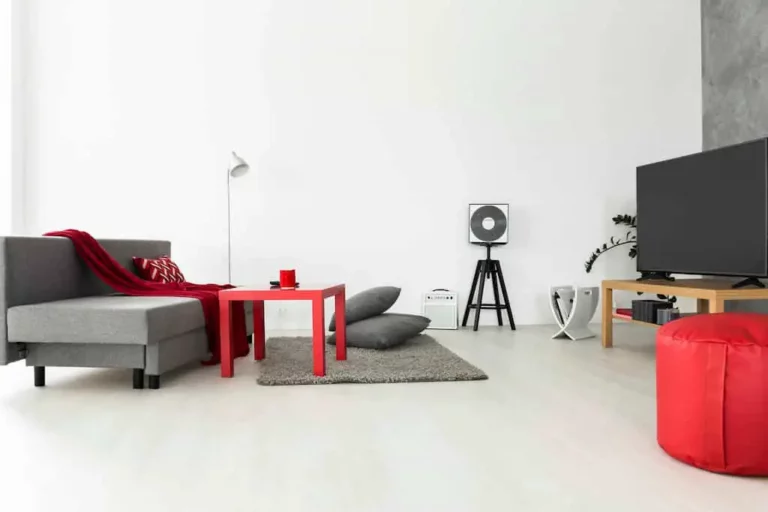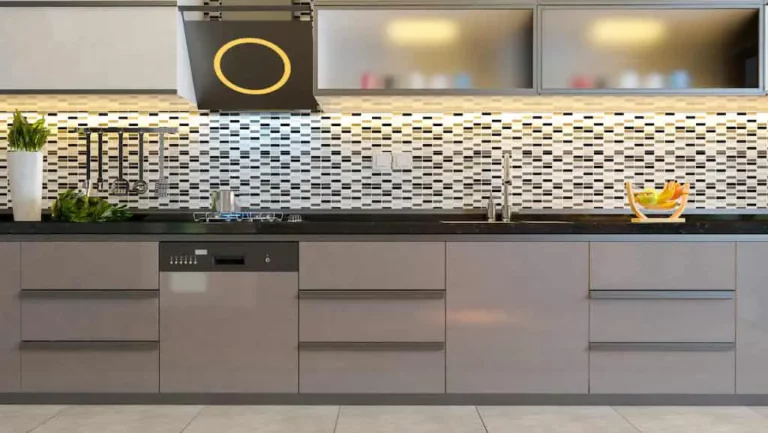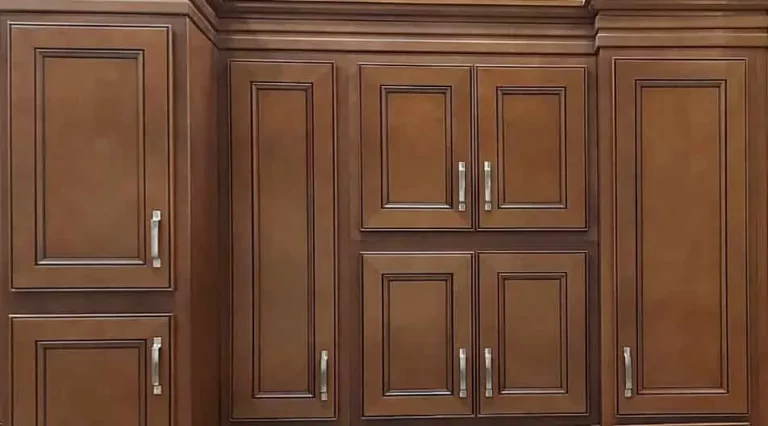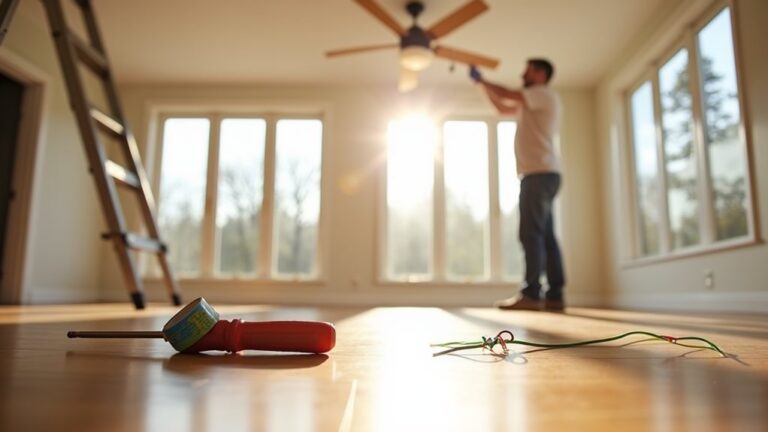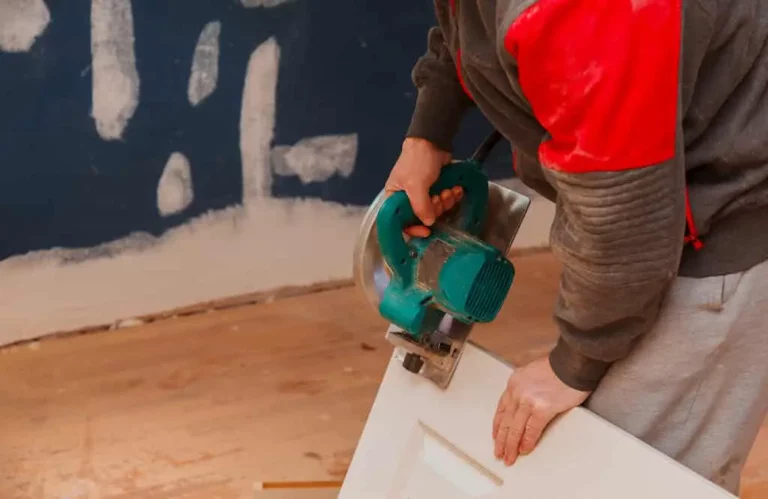Why Vinyl Plank Flooring Comes Apart (What to Do)?
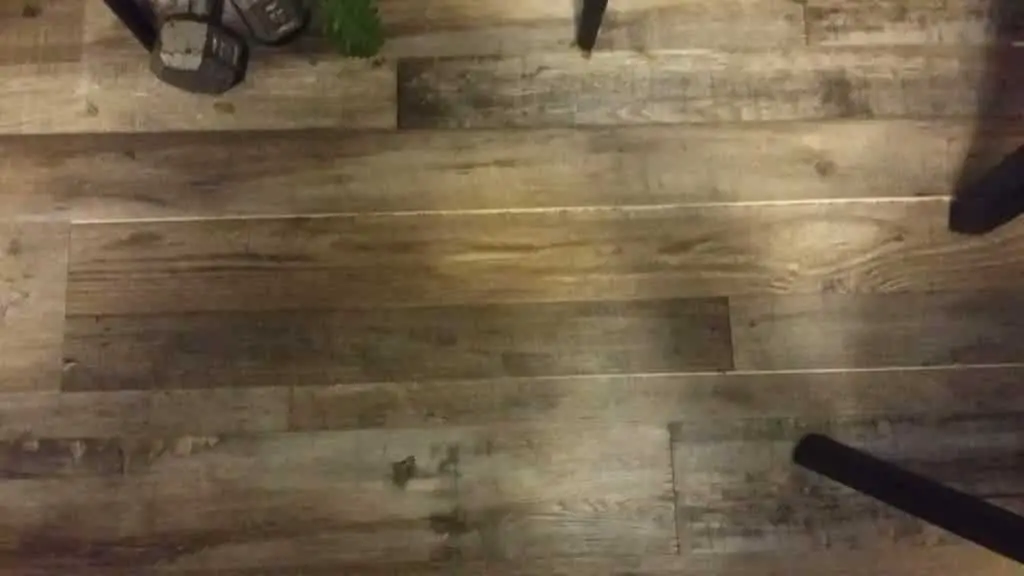
I noticed the other day that I have a few spots where my vinyl plank flooring is not as tight as it should be. Meaning, it’s pulling apart slightly. Luckily, I have a ton of experience with home renovations so figuring out what causes the problem and how to fix it shouldn’t be too difficult. And now, I’d like to share my knowledge with everyone, in the hope of helping others who may be having the same issue.
Why does vinyl plank flooring come apart? One of the leading reasons is when vinyl plank flooring gets cold then warm, it will expand and contract. Another reason is when it receives direct sunlight for too long which causes the flooring to buckle. A subfloor that gets heaved-up by a house foundation that is moving will cause vinyl plank flooring to come apart as well.
Those are just a few of the reasons you might find your vinyl flooring coming apart. Sometimes the piece of flooring wasn’t snapped into place properly and can pop out. I know that when you are installing vinyl plank flooring, if everything isn’t square, you can end up with gaps between planks at one end.
In this article, I am going to talk about these issues in more detail to help you fix your vinyl plank problems. So, if you’re ready to learn more, then let’s get started!
How to Fix Vinyl Plank Floor That is Coming Apart?
As previously mentioned, there are a few typical reasons why vinyl plank flooring will come apart. We will talk quickly about each cause below and then outline how to remedy the problem.
1st Cause – Expansion and Contraction
First up is when vinyl flooring is exposed to cold temperatures then warm temperatures. This will cause expansion and contraction, which then causes buckling of the flooring. It’s very frustrating when this happens and sometimes not so obvious why the flooring is doing this. You might notice that the floor starts coming apart during different times of the year, almost like clockwork. If you experience dramatic fluctuations in temperature, you most likely will have issues with your plank flooring.
1st Cause – Solution & Fix
The best thing you can do to solve this issue is to ensure the temperature in your home is consistent. Regardless of the humidity in your home, make sure the temperature is constant. I realize that in the winter the temperature will be warm (hopefully) and summer you might have an air conditioner running to cool things down. The idea is to have a constant temperature for longer periods of time, although not necessarily the same temperature all year long. I hope that makes sense!
Now, we know what to do to help prevent buckling from expansion and contraction. What about popping vinyl plank flooring back into place? You would think that just remedying the buckling would be good enough but if your floor has spots where it has pulled apart, it still needs to be clicked back into place.
My favorite trick involves a piece of lumber, such as a 2×4 about 12” to 18” long. I prefer using a longer piece.
- On one side of the piece of lumber, cover all of it with two-sided tape.
- Place the tape side down onto the plank flooring that needs to be moved.
- Tap or press hard onto the wood to make sure it is sticking well.
- Using a hammer or rubber mallet, strike the 2×4 on the opposite side of the gap in the floor.
- If you use a larger piece of lumber as in an 18” piece, there is more grab therefore, moving the plank flooring into place will be easier to accomplish.
- This method should help you easily pop all pieces of buckled flooring back into place.


2nd Cause – Too Much Sun Exposure
A very common cause of vinyl plank flooring expansion is flooring that gets hit daily with sunlight. The sun heats up the flooring, which causes the problem. The longer the flooring sits exposed to intense sunshine, the more likely it is to expand and contract, causing it to buckle. Not to mention, the fading that will also take place over time. Aside from keeping the house temperature consistent, what can you do? I’m glad you asked!
2nd Cause – Solution & Fix
- Keep blinds and drapes closed
when the sun is in position to be shining directly on your flooring. If you don’t
want to be bothered with opening and closing blinds every day just to protect
your flooring, then consider installing powered blinds that are automated with
a timer and can be set to open and close even when you are away at work.
- As well, consider tinting your windowsto minimize the heat coming through from the sun. This won’t completely fix the problem, however. An added benefit to doing this is the privacy you well get from tinted windows.
- Place furniture in a way that blocks the sun’s rays on your flooring at peak times during the day. Be prepared that if you do this, your furniture will probably start to fade in color over time.
3rd Cause – Heaving Foundation
If you live in a home that has foundation issues and heaving is a problem, then you’re probably going to run into a time when your vinyl plank flooring starts to buckle from this, especially if the subfloor is not installed properly. How do you know if it is your foundation? Good question! If you find you have wall cracks and your flooring does not seem level everywhere, then you might have foundation problems. Another sign is when the basement walls are cracking. So, what can you do?
3rd Cause – Solution & Fix
Unfortunately, it isn’t as easy as me simply telling you how to fix these problems. Unless I am there in your home looking at the walls and flooring, it’s hard to trouble-shoot and the fix isn’t always the same. For example, if your basement walls have cracking, you might need channel iron installed versus if it’s a hairline crack whereby fixing the crack with hydraulic cement may be the solution.
- One thing I would recommend you do is check your tele-post to see if it has any play in it. This means it is slightly loose. To check this, just grab a hold of it higher up and try to shake it. If it feels like it is moving, then you need to snug it up.
- On the other hand, it may be too tight and even pushing up on the beam, which then pushes up on the subfloor and vinyl plank flooring.
- To remedy this, you need to loosen the tele-post to a point where the floor drops enough that there isn’t a heave or hump in it.
- Once this is complete, you can go ahead and use the method in solution #1 to pop the planks back into place.
Summation
Thankfully, most reasons for why vinyl plank flooring starts to buckle are fixable! I have gone over the most common causes with you as well as my recommendations for how to solve each problem. The hack with the piece of lumber works like a charm! Trust me, I highly recommend you try it. It works not only for plank flooring but for laminate flooring as well.
Thanks for reading, good luck and happy fixing – one plank at a time!
